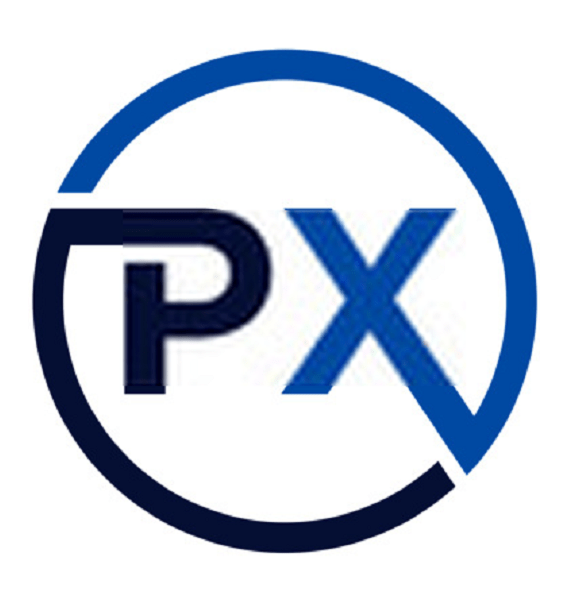When something works, they use it once more—yet with a move or a change to drive considerably better. Today, experienced advertisers better comprehend what individuals react to. In any event, when promoting to an unbelievably bored and pompous online crowd, certain little-known techniques—which, strangely, are regularly established in great publicizing—can at present produce more reaction than advertisements made without thought for market investigation and client conduct. This segment covers four essential zones of internet showcasing: paid query items, email promoting, flag publicizing, and text joins. Each has its own preferences and weaknesses. Some are more costly, some work better with specific items, and others should be painstakingly advanced to perceive any ROI. Paid query items Google has a ton of supporters and depreciators. A few people excuse it as a craze of the following Internet stock air pocket; others think of it as the model of future business. In any case, one thing is for sure: the organization has without any assistance rethought how organizations promote on the Web. Through its AdWords program, organizations have an approach to elevate themselves to target crowds without making gigantic budgetary duties, and sites that were previously too little to even think about attracting sponsors currently have a methods for serving pertinent promotions to their readership.2 Companies are finding the medium so powerful that Forrester discovered 91 percent of organizations “utilizing, guiding, or hoping to steer” paid pursuit programs, second just to email showcasing, and generally overshadowing conventional flag publicizing, RSS, podcasting, portable advertising, and that’s only the tip of the iceberg. How it functions Creating a paid inquiry program is moderately basic. After you join through the seller’s site, you select some harsh objective business sectors, compose the advertisement, pick watchwords, set the offer sum, and afterward set up the most extreme number of snaps every day. The program is enacted when a client looks for the catchphrases you characterized. Your promotion shows up in the Sponsored Results segment of an indexed lists page (featured in Figure 15-2), and relying upon the offer sum, may be at the top or base of the rundown. On the off chance that the client taps the advertisement, they are taken to the website page you characterized while making the promotion, and you are charged the offer sum. In the event that the advertisement isn’t clicked, you are not charged. You likewise characterize the most extreme measure of cash went through in one day, so if the offer sum is $0.50 per snap, and you set an every day recompense of $10.00, the promotion will keep on showing up until clicked multiple times; from that point onward, it won’t show up until the following day. The compensation per-click model of supported hunt position conflicts with practically all past promoting charge structures, where media arrangement was a fixed cost, regardless of whether anybody saw the imaginative. Indeed, even the most reprobate organizations are tempted by just paying for introduction that is really utilized.
Methodologies for ROI The crippling truth of search advertising is that numerous organizations lose cash a seemingly endless amount of time after month and inevitably abandon the program. Search showcasing isn’t simple. It has an expectation to absorb information, and requires a steadiness for which most private companies don’t set aside a few minutes; ideally, your organization would utilize a full-time search showcasing specialist. Search specialists comprehend these financial aspects and rake in boatloads of cash offering their mastery to organizations who can’t stand to hold that information in-house. That being stated, it is conceivable to be incredibly fruitful in supported hunt position. All that comes down to cold numbers, and the way to benefit becomes more clear with each new arrangement of information—the test is staying aware of the information and making alterations on the fly to profit by patterns before the opposition does. Showcasing spryness and a persistent demeanor toward progress will convey advertisers far. Turning the framework on and afterward letting it run for a year without support is a basically ensured way to disappointment. Since the medium is so close to home, it’s hard to offer quantifiable strides toward progress. Notwithstanding, there are a couple of systems that can help organizations new to the innovation hit the ground running and capitalize on their venture at an opportune time. Set explicit, quantifiable objectives. Prior in the section, we examined defining explicit objectives for the publicizing effort. When entering the universe of paid pursuit, have a total subset of those objectives prepared to test against, and ensure they would all be able to be evaluated down to the umpteenth decimal. Search promoting has its own arrangement of measurements, so be set up to forcefully follow the accompanying: Impressions: what number occasions your advertisement showed up Clicks: what number occasions your advertisement was clicked CTR: Short for active visitor clicking percentage, or snaps partitioned by impressions Cost: The expense of the watchword Average expense per click (CPC): Calculated by isolating expense by clicks Above all, nonetheless, be set up to follow objective changes. Since each snap sends the client to your site, it’s basic to follow conduct inside your space, from the span of the visit to site hits to what number of individuals really convert, regardless of whether it be a deal through a shopping basket or a lead through a contact structure. On head of that, see how to incorporate that granular information with the more extensive objectives of the general mission. Fixate on catchphrase decision. In Chapter 13, we talked about procedures for creating catchphrases for SEO endeavors. Paid pursuit procedure isn’t entirely different. By examining regular watchwords utilized in the media, by contenders, and in your own site, you can make a rundown of words and expressions by which you need your promotion to show up. The more, the better. Furthermore, the more explicit, the better. The more inquiry varieties an advertisement shows up by, the better you can insightfully evaluate navigate rates, cost per snap, and objective changes. Examine catchphrase and spot execution. Subsequent to totaling execution information, traffic examples will turn out to be promptly self-evident. Certain watchwords and spots (the situation of the promotion in the rundown of supported outcomes) will end up being top entertainers, while others will totally neglect to change over anything. The thought here is to test, test, and afterward test again to open the most powerful mixes. All things considered, watchwords that gleamed with guarantee will rapidly lose their shine, and expendable terms will be immediately refined into high-performing jewels. Essentially, numerous novices in paid pursuit will offer profoundly for the best position in postings, yet prepared experts comprehend that a portion of the more qualified traffic (as it were, traffic that outcomes in objective changes) originates from a portion of the lower, more affordable spots. The main concern is cost per change. In search promoting, there is one number that will consistently be bolded, underlined, and flickering at the base of the examination spreadsheet: cost per transformation. Since certain promotions are costly, and it will take numerous snaps before you increase one objective transformation, it’s essential to assess what an objective change really costs. This could be anything, contingent upon your numbers—$5.00, $25.00, $50.00, or more—yet it must be weighed against what the change is worth. As it were, if the expense per change is $40 and the normal deal is $30.00, a ton of cash is being lost and the mission should be directed toward more gainful waters. Email promoting E-mail publicizing is a youthful medium that has been exposed to widespread maltreatment, several examinations, government guideline, and more in its short lifetime. Since billions of email messages are sent each day, any organization wishing to use the medium must do as such with the expectation of regarding clients while offering something of genuine worth. The exact opposite thing any trustworthy organization needs is to be viewed as a spammer. At the hour of this composition, email promoting is by a long shot the most mainstream methods for web based advertising. In view of its omnipresence, creators and advertisers have a huge point of reference from which to pull guidance and increase impact—the better subtleties of direct reaction strategies, just as best practices for viable plan, have been set up. Plan email showcasing objectives E-mail promoting is advertising by the numbers.


